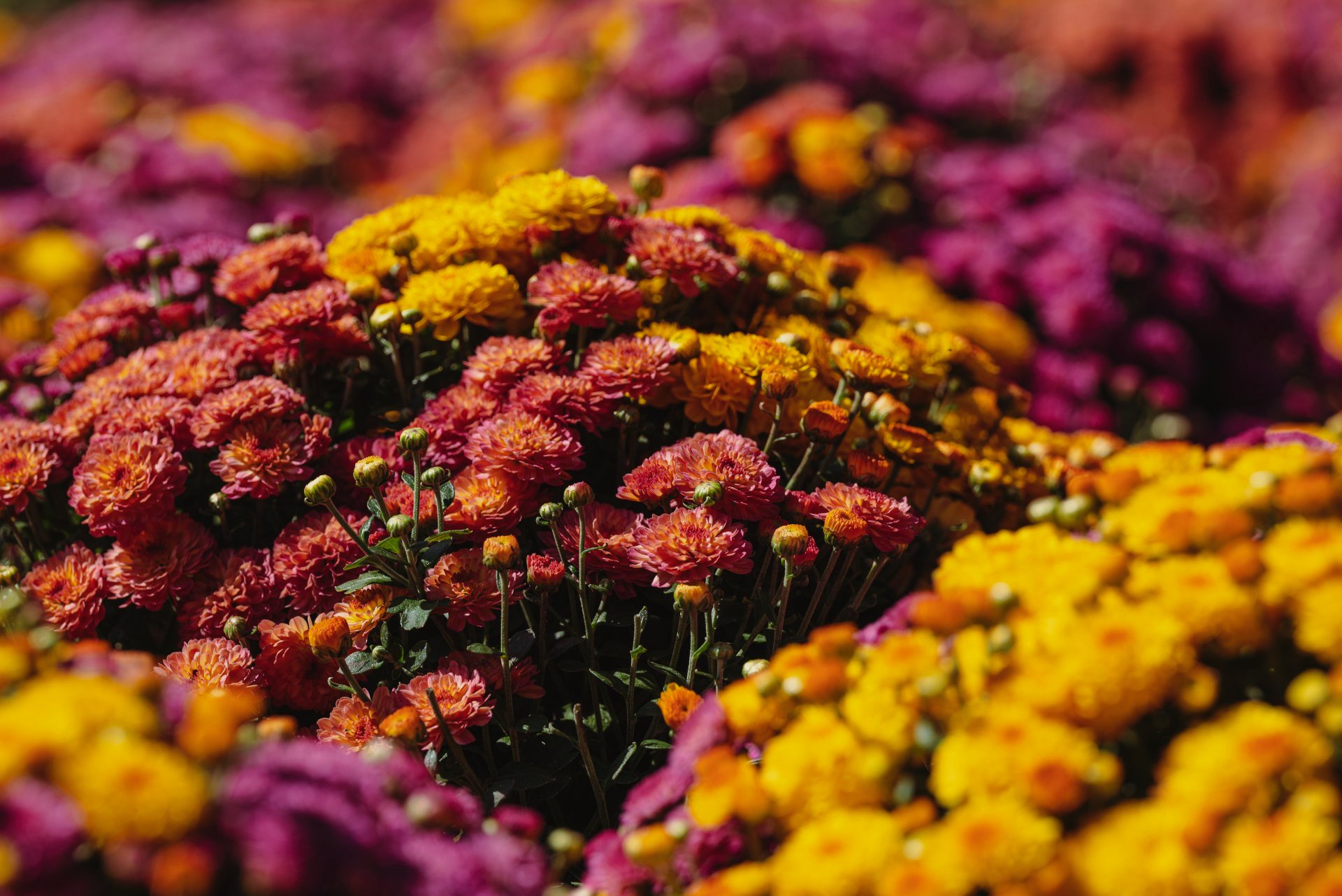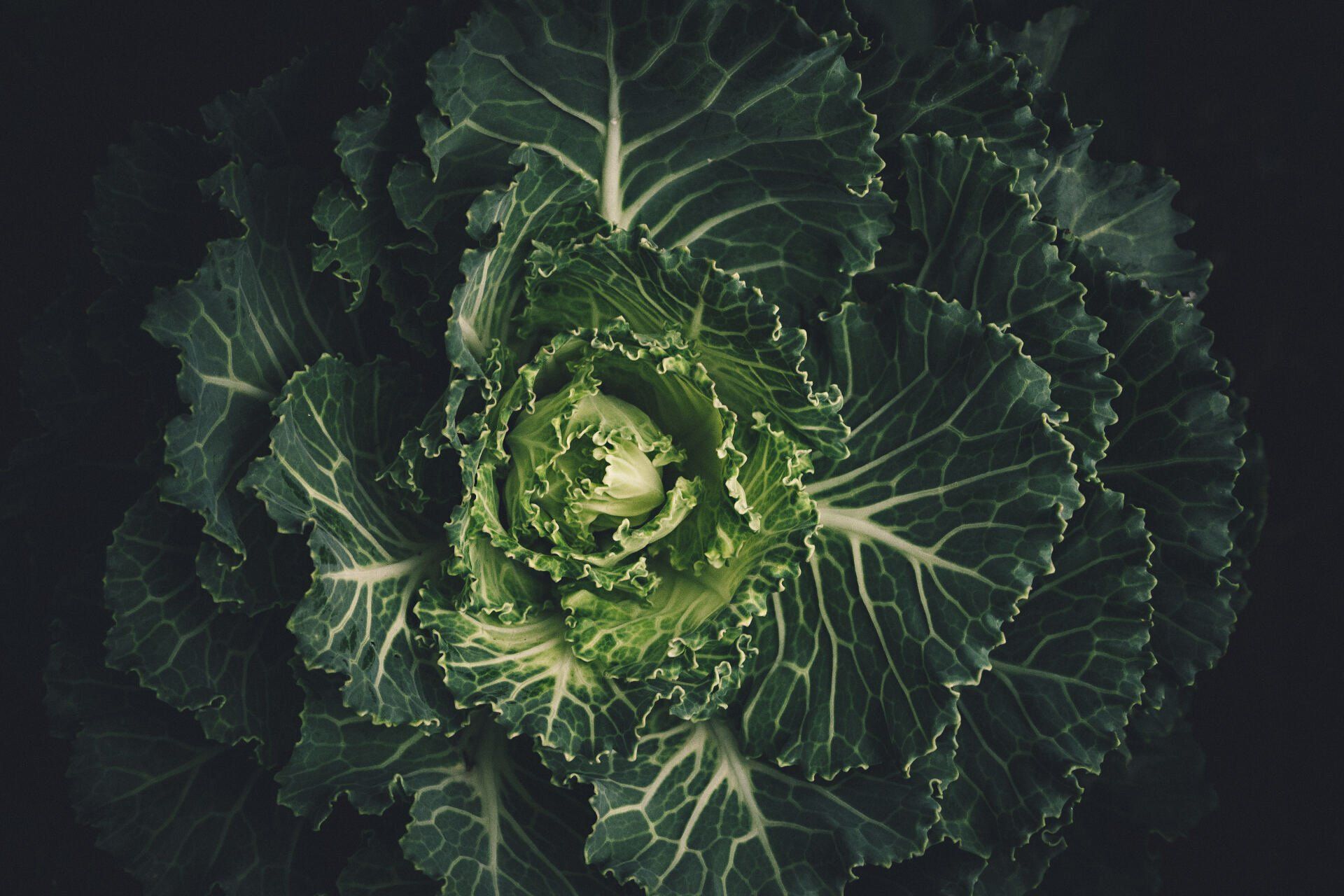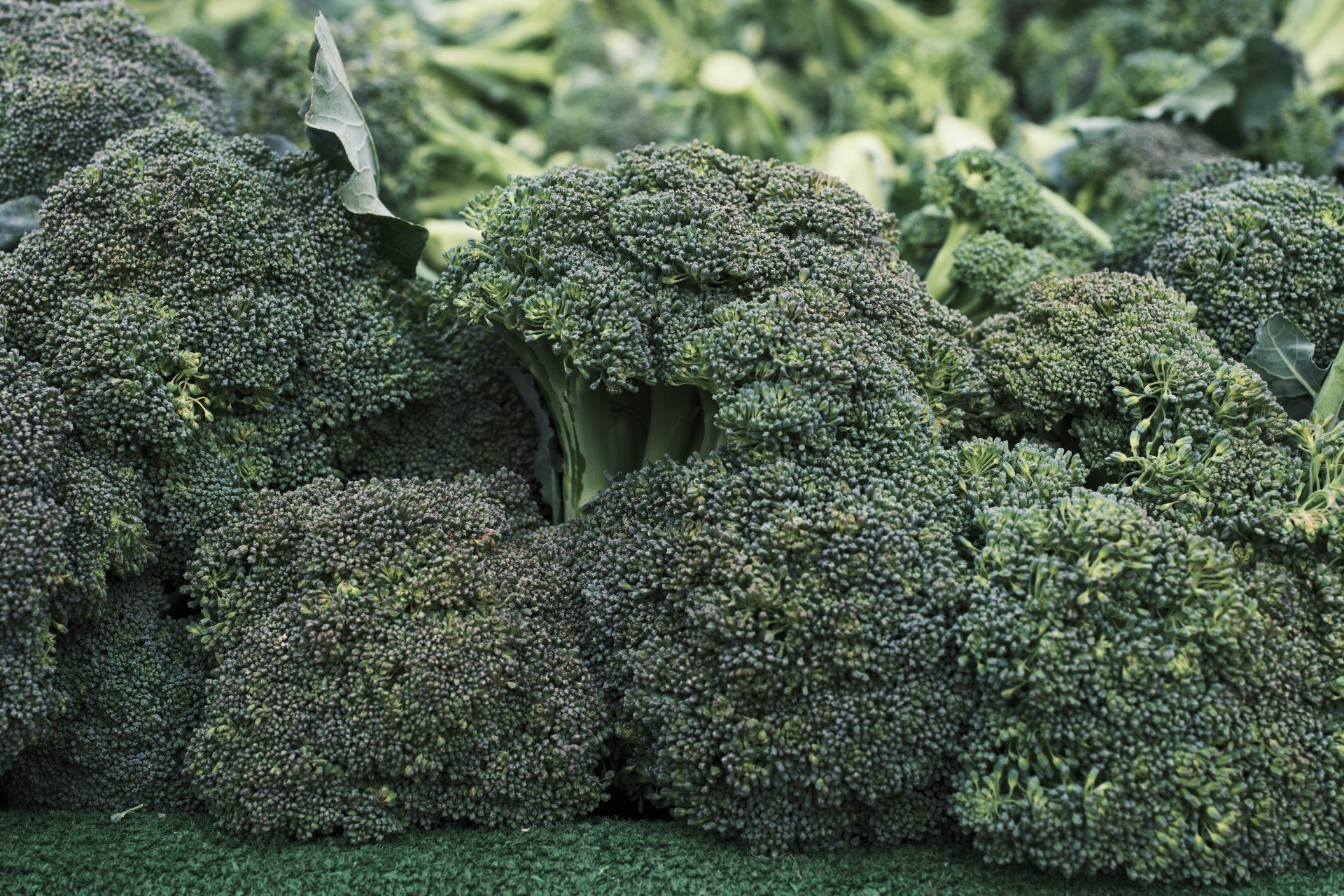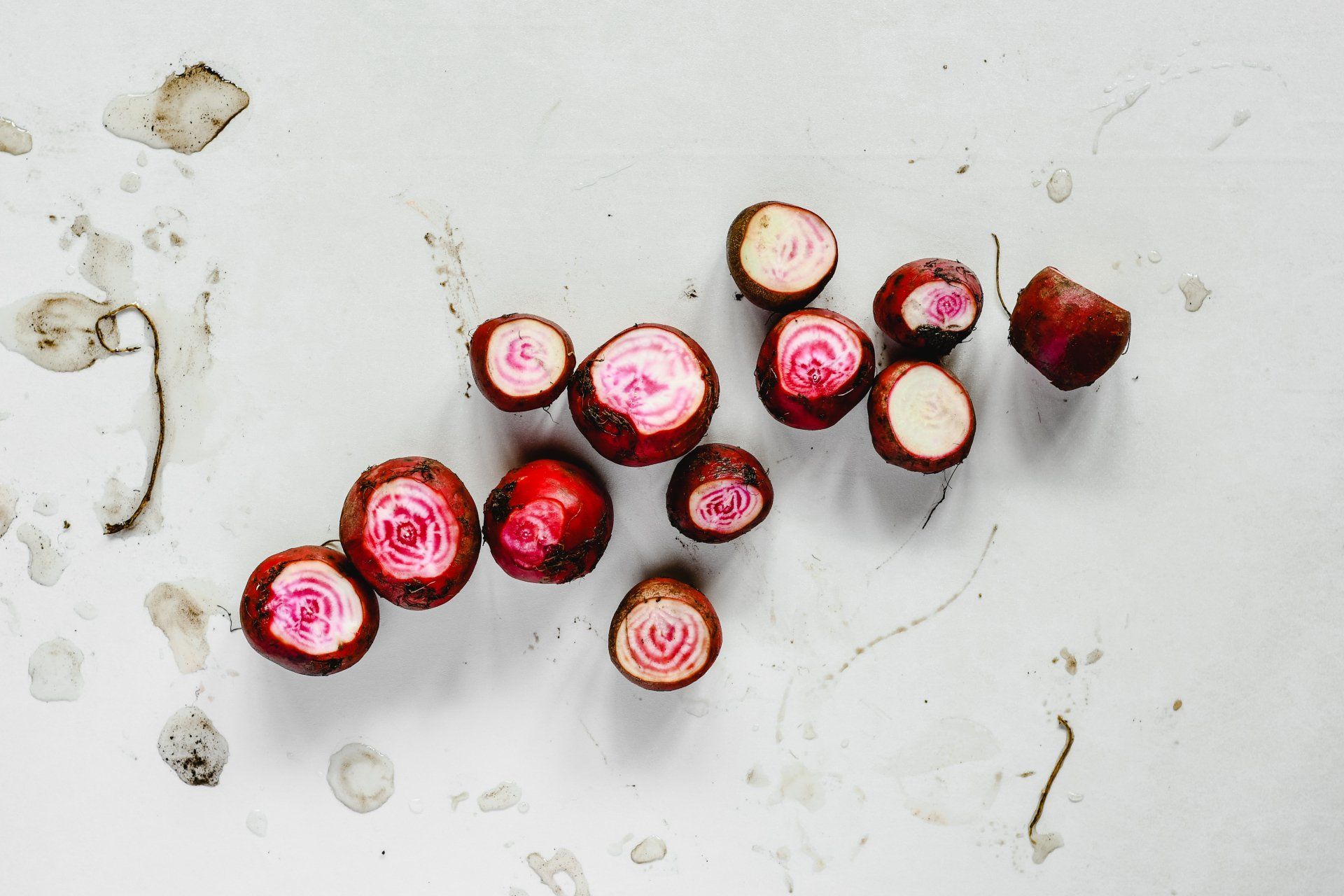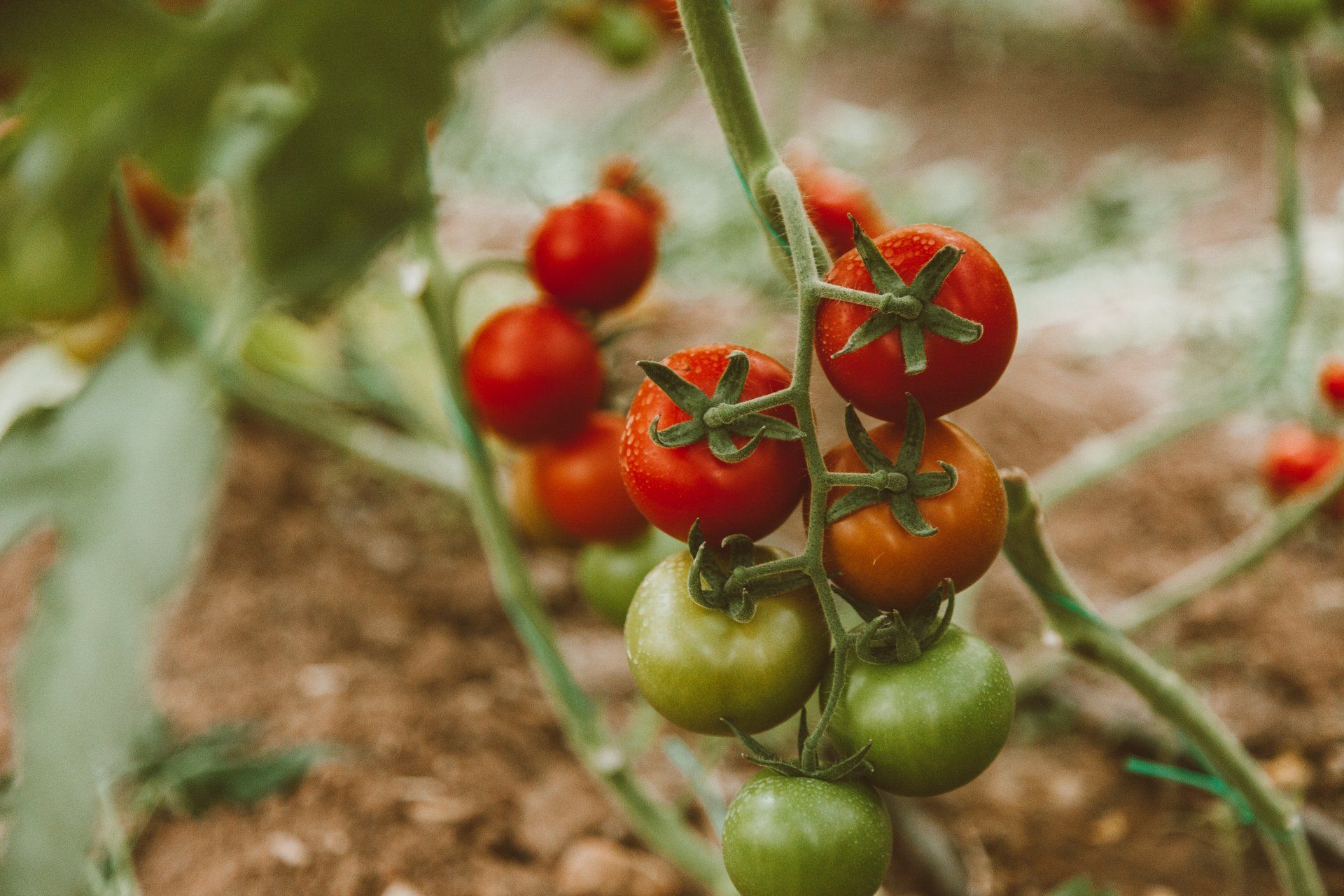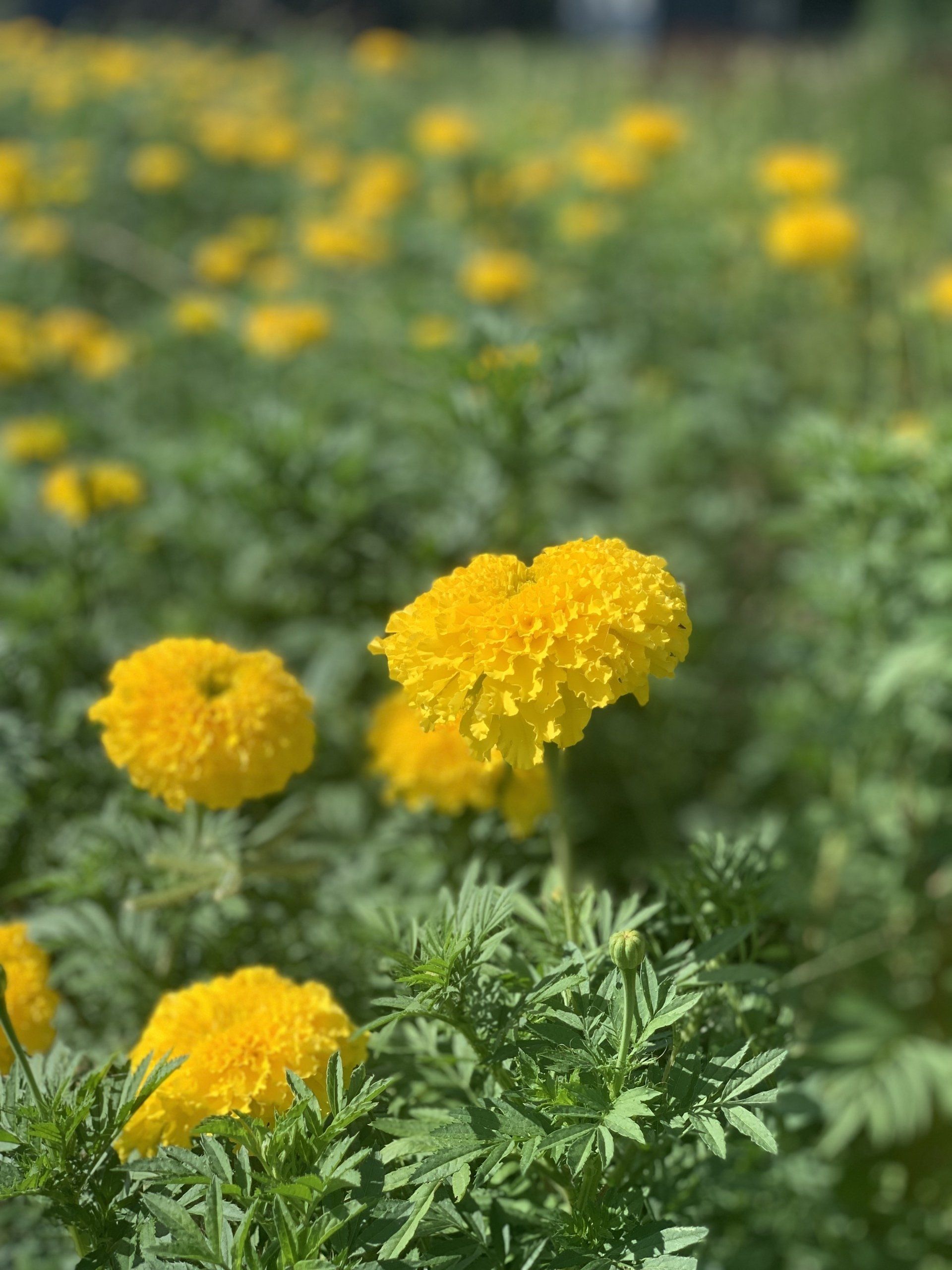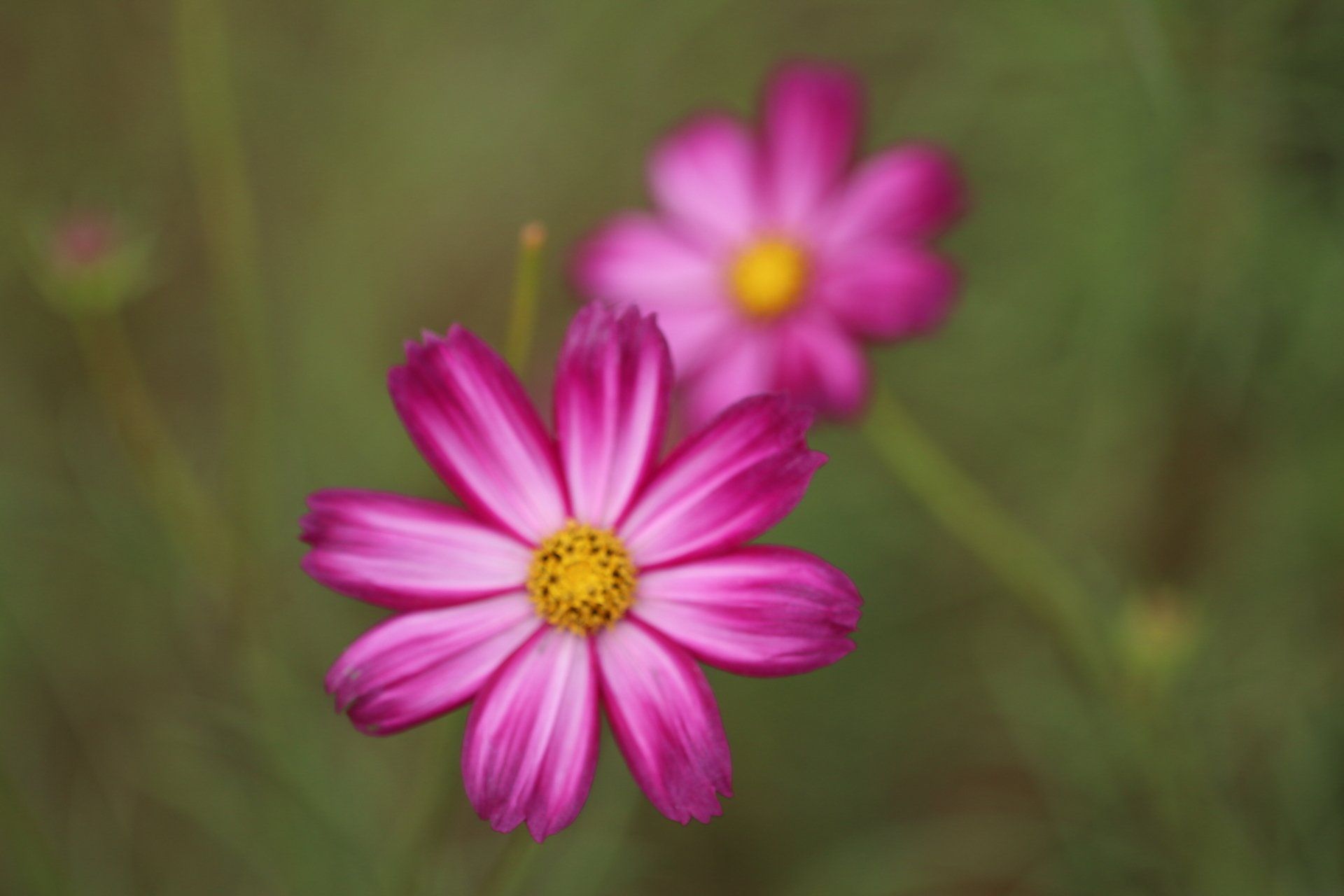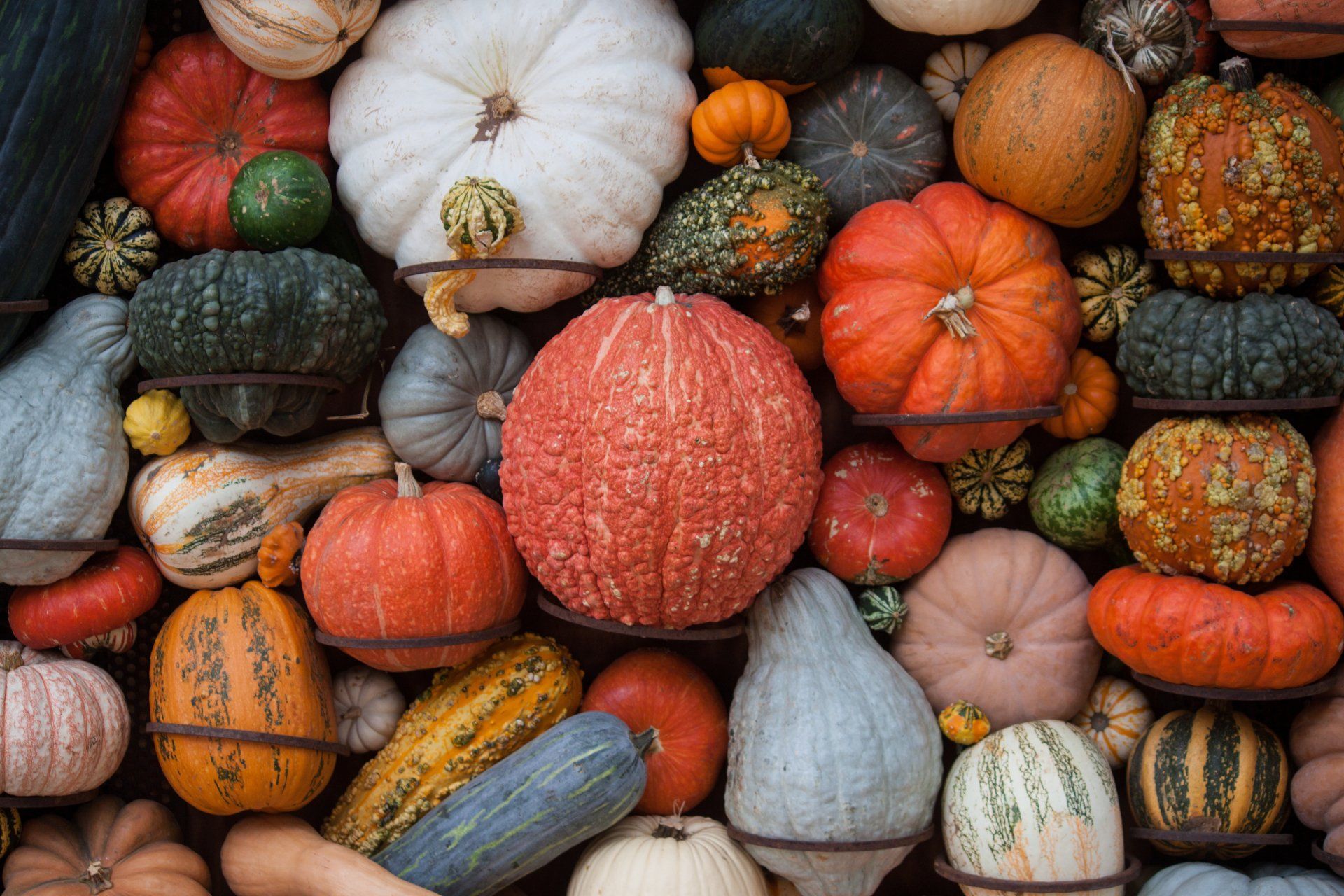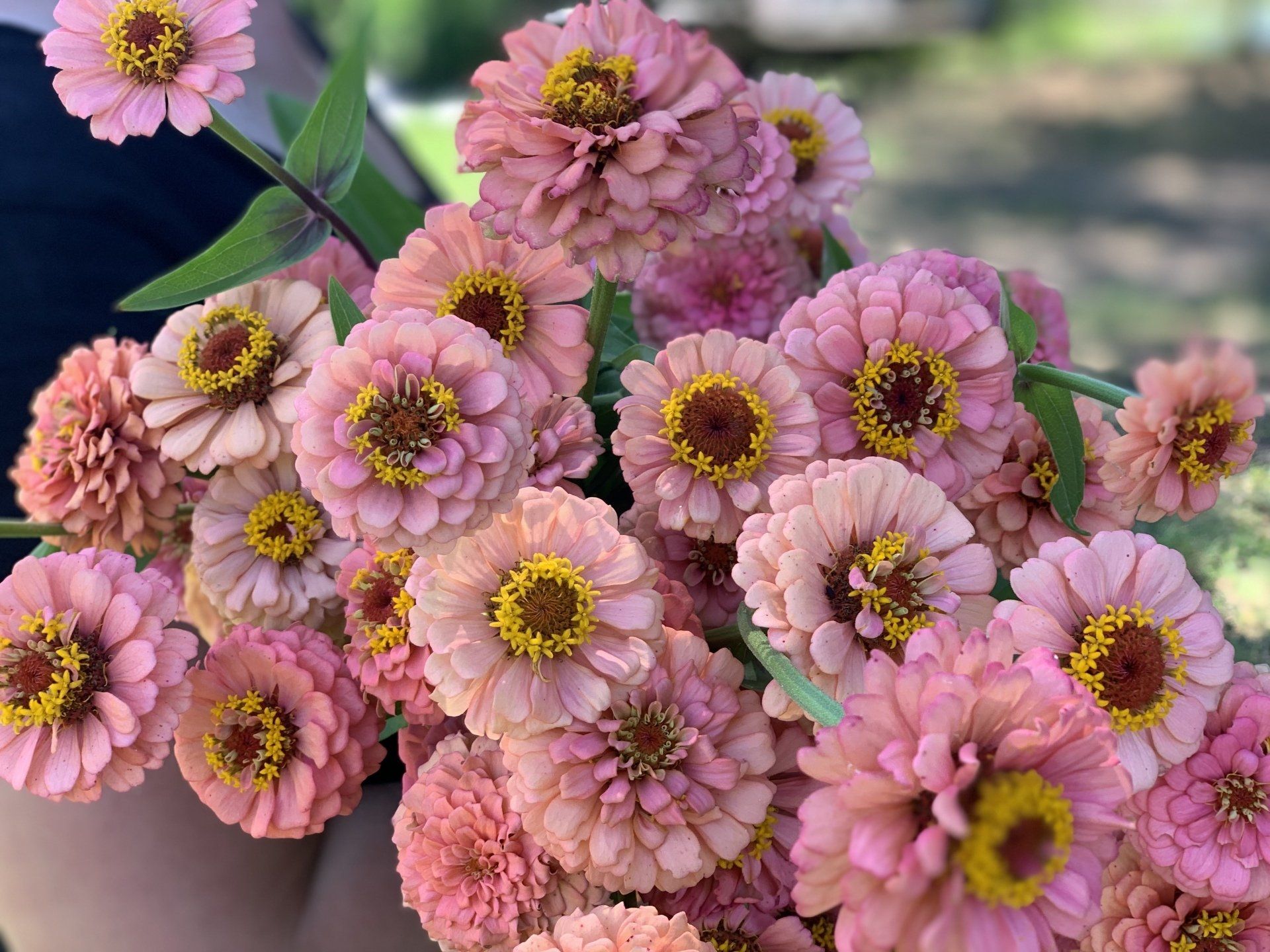How to Read a Seed Packet!
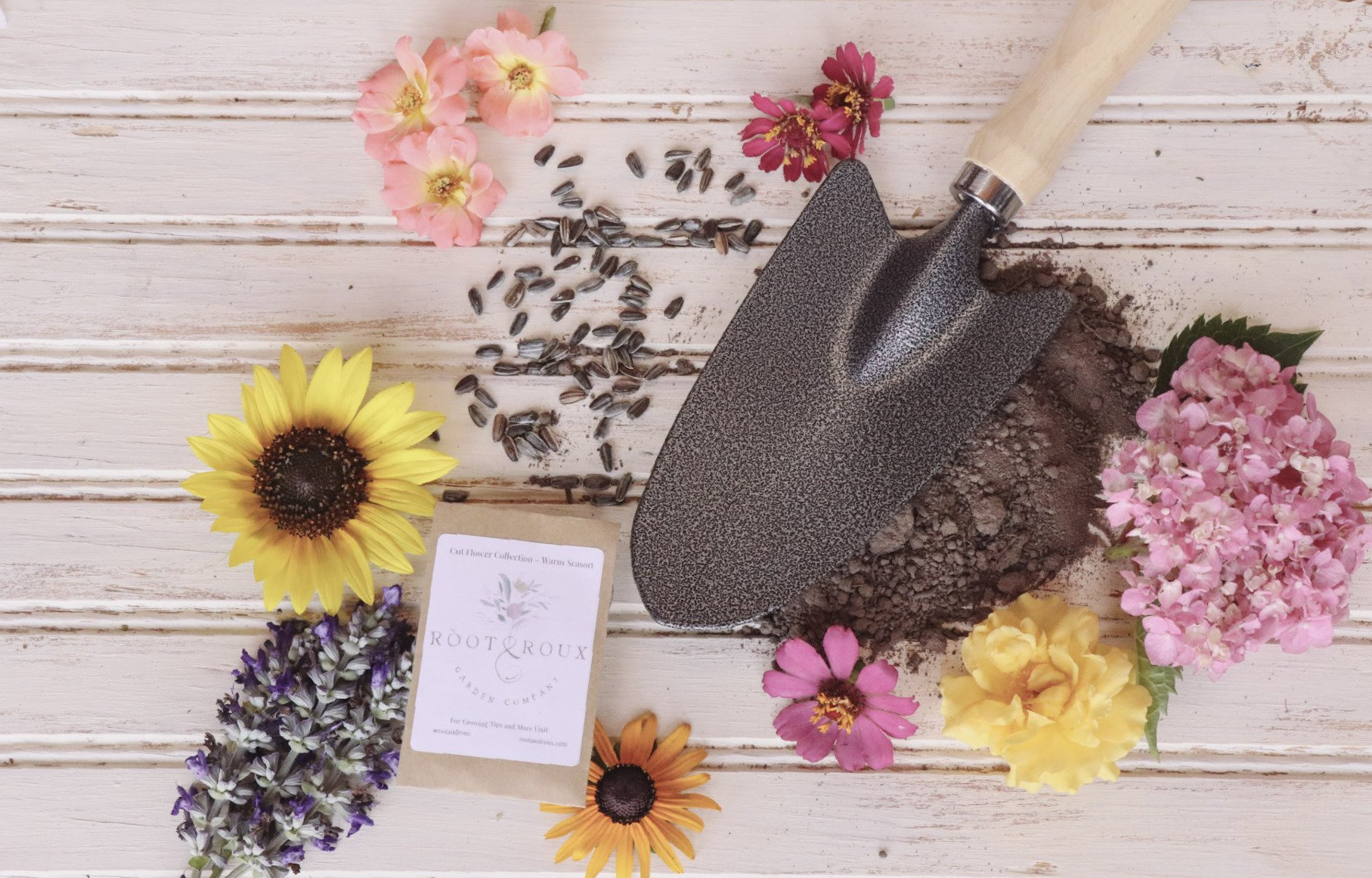
Seed packets come in all shapes and sizes! Each company structures their seed packets differently, but all will tell you information that you need to know to grow the seeds inside! There is a lot of information packed on one packet and some of the information is very technical. Each category on a seed packet is important and each has their own meaning and impact on your plants.
Planting Season: The first step to starting your seeds or planting your transplants is to know during which season the variety you have selected grows best. For example, Zinnias do not grow well during the cold months of winter, and Ranunculus do not grow well in the hot months of summer. Some seed packets will list the growing season on them, such as warm season or cool season. If the season is not listed, you can research the variety based on your growing zone, or ask your local garden center.

Days to Maturity: Seed packets will sometimes list the days to maturity or days to bloom. This is the period of time it takes for the plant to grow and produce flowers, fruits, or vegetables after it has been planted. Days to maturity does not include the germination time. Different seed varieties take different times to germinate or sprout. It is best to plan for seedlings to be in trays and pots for about 3-6 weeks before planting them out. To plan when to start your seeds or plant your transplants choose when you want the plants to bloom by, then count back the number of the days of maturity. If planting transplants, this date will be when to plant them out by. If starting seeds count back another three to six weeks to allow time for the seeds to germinate. This date will be when to start your seeds.
How to Grow:
Seed packets will have a section or paragraph on how to plant the seeds. It may also include how to plant the variety as transplants as well. This section can include the planting depth, covering the seeds, when to plant or seed them, and any other unique information specific to the variety. Some seed packets will also recommend either direct seeding or transplanting. Direct Seeding is when you plant the seeds directly into the ground in the location the plants will grow and produce. Transplanting is when you start seeds in trays indoors or in a greenhouse to promote a higher germination rate. Choosing whether to direct seed or transplant can also be based on your preference.

Germination Rate: This is the average number of seeds that germinated over a set tested time period, based on 100 seeds.
Location:
When planning where to direct seed, or plant your transplants, it is important to plan out and select the best location based on their sunlight needs, growth habit, height, and spacing.
Sunlight: This is the first requirement you should look at to select your location. There are three types of sunlight requirements; full sun, partial shade, or full shade. Depending on which type the plant wants, it will greatly narrow down the available planting area.
Growth Habit: If the seed packet mentions that the variety is a vine or needs a trellis to climb, then select a location accordingly. Some vining varieties will quickly take over a space, so choose somewhere away from things you don’t want it to climb. If planting with a trellis choose a location where the trellis will compliment the space and not hinder your view.

Height: How tall the plant will become is very important to know when planning where your plants will go, especially when planting many different varieties in the same area or garden. If you unknowingly plant taller larger plants in front of smaller dwarf varieties they will be hidden, and you won’t be able to enjoy them. It is best to stair step the different heights to allow you to be able to see and enjoy each variety.
Spacing:
Seed packets will list a range of inches or feet that should be in between each plant. Planting your plants at the recommended spacing will give them the necessary room they need to become fully grown and produce flowers, fruits, or vegetables efficiently. This will also help you know if the plant or plants will fit in the space you have selected.
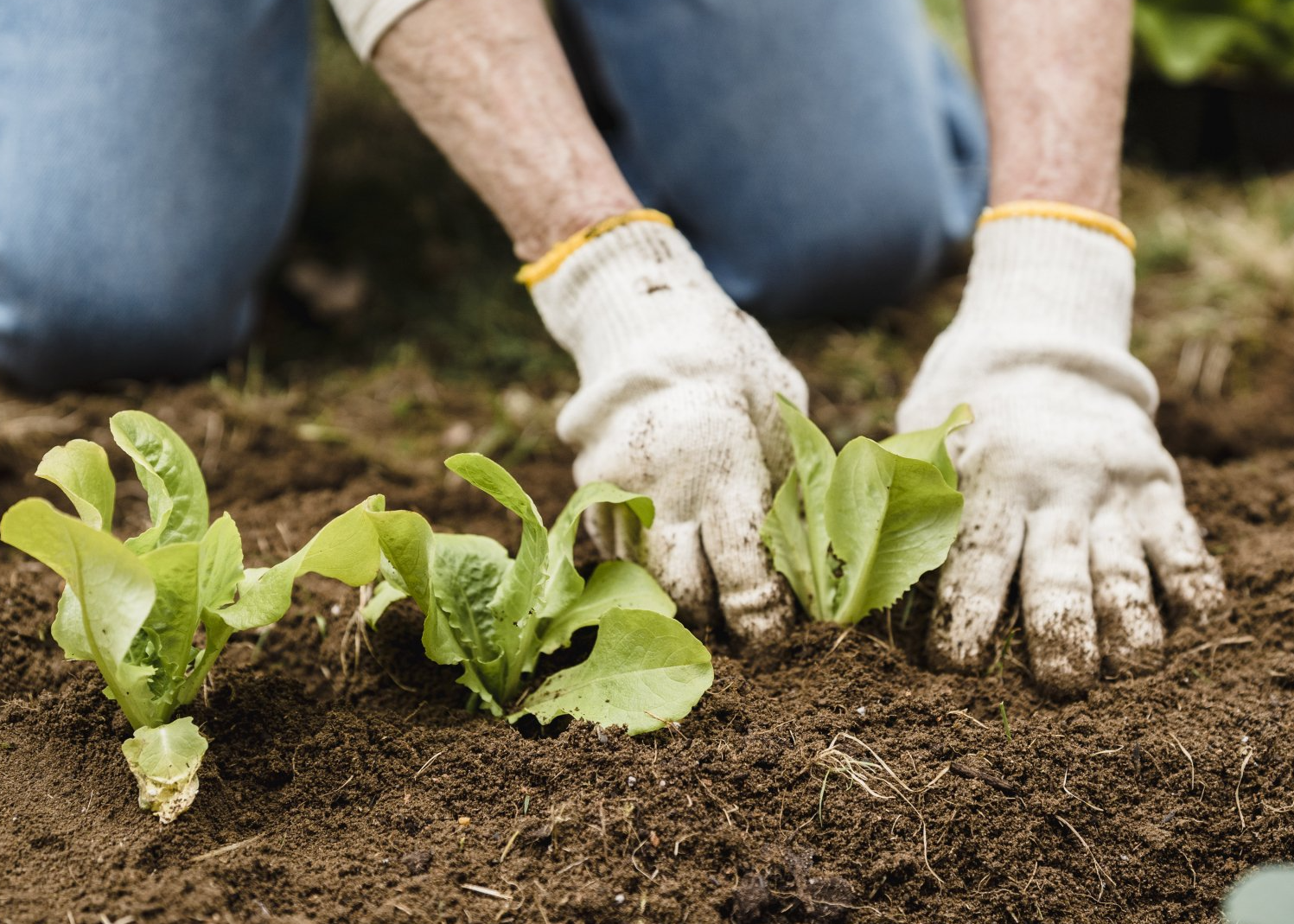
Annual vs Perennial vs Biennial: Seed packets may include or list the plant type. Annuals are plants that live their entire life cycle in one growing season or year. Perennials are plants that continue to come back year after year. They often “die back” in the winter and then regrow in the spring. Biennials are plants that live their entire life cycle in two years. The first year the plants will fully grow and in the second year they will bloom and produce seed. Knowing what type of life cycle a plant variety lives will help you to plan out the location and know when to expect it to bloom and die.
Harvest:
Some seed packets will include how to harvest the flowers, fruits, or vegetables that are produced and the best way to enjoy them!

Gardening is lots of fun with many trials, errors, and successes! You may find you prefer annuals over perennials. Or you may prefer direct seeding over transplanting! There are many ways to garden and many varieties to try and enjoy! All the tips, descriptions, and instructions on the seed packet is your recipe for a happy plant and a successful harvest!
Happy Gardening!!
